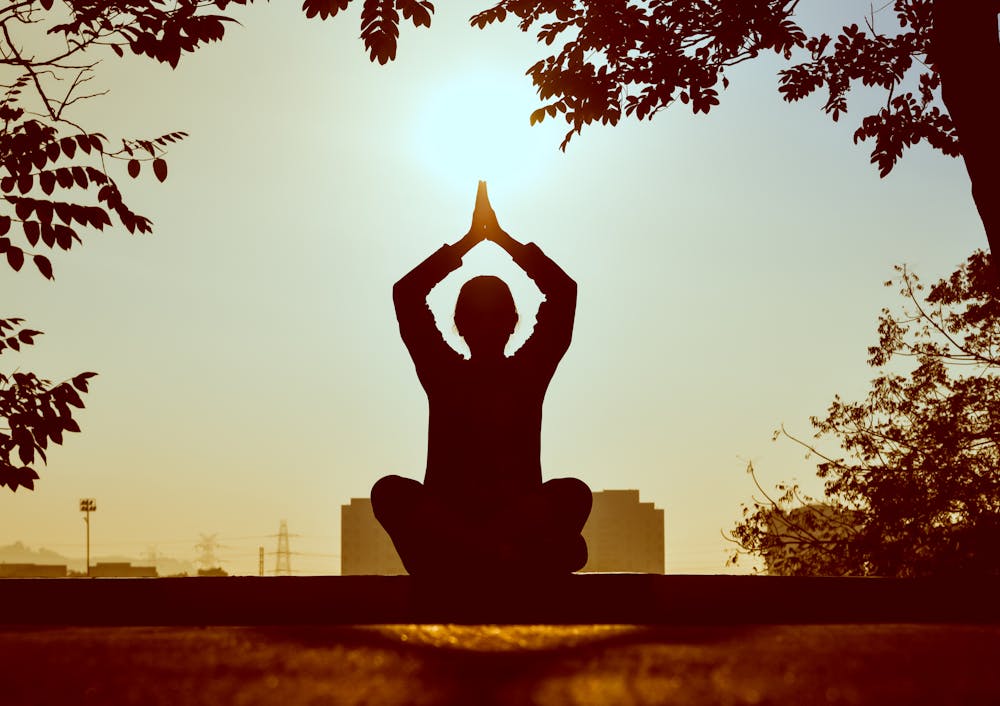Rehabilitation after an injury or illness often requires a multifaceted approach to restore physical function, reduce pain, and improve overall well-being. Two disciplines that have proven highly effective in this regard are physiotherapy and yoga. While physiotherapy focuses on the treatment of musculoskeletal and neurological conditions through targeted exercises and manual therapy, yoga offers a holistic approach to improving strength, flexibility, and mental balance. Combining these two practices creates a synergy that can significantly enhance the rehabilitation process. Here’s a look at the science behind integrating physiotherapy and yoga for optimal recovery.
How Physiotherapy Lays the Groundwork for Recovery
Physiotherapy is a cornerstone of modern rehabilitation, focusing on restoring movement and function through evidence-based techniques. It employs a variety of methods, including manual therapy, therapeutic exercises, and modalities like ultrasound or electrical stimulation, to target specific issues such as muscle weakness, joint stiffness, or nerve dysfunction.
Physiotherapists assess a patient’s condition through a thorough evaluation, identifying the root causes of pain or limited mobility. Based on this assessment, they create personalized treatment plans aimed at addressing the underlying problems. For instance, in cases of a rotator cuff injury, a physiotherapist might prescribe strengthening exercises to rebuild shoulder stability while using manual techniques to alleviate pain.
Physiotherapy also emphasizes education, teaching patients how to move correctly and avoid re-injury. This foundation of targeted, functional movement is critical for individuals transitioning into more holistic practices like yoga as part of their rehabilitation journey.
Yoga’s Role in Rehabilitation
Yoga, an ancient practice rooted in mindfulness and movement, has gained recognition in the medical community for its therapeutic benefits. It incorporates poses (asanas), breath control (pranayama), and meditation to promote physical and mental well-being. In a rehabilitation context, yoga complements physiotherapy by addressing areas such as flexibility, core strength, and mental resilience.
Research shows that yoga can improve the range of motion, reduce chronic pain, and enhance postural alignment. For individuals recovering from conditions like back pain or surgery, yoga’s gentle, adaptive approach allows for gradual improvement without overexertion. Its emphasis on breathwork also aids in reducing stress, which is a common barrier to recovery.
Also, yoga encourages body awareness, helping patients recognize and correct compensatory patterns that may arise after an injury. By cultivating this awareness, individuals can actively participate in their recovery process, making yoga a valuable adjunct to physiotherapy.
The Science of Combining Physiotherapy and Yoga
Integrating physiotherapy and yoga leverages the strengths of both disciplines, creating a comprehensive approach to rehabilitation. Physiotherapy provides the clinical precision needed to address specific injuries or conditions, while yoga enhances overall well-being through mindful movement and relaxation techniques.
One area where this combination excels is in the management of chronic pain. Studies indicate that yoga and physiotherapy together can reduce pain perception and improve functional outcomes. For example, individuals with osteoarthritis often experience significant relief when combining physiotherapy’s targeted joint mobilizations with yoga’s low-impact poses.
Another key benefit is improved mobility and balance. Physiotherapy addresses immediate impairments, such as muscle weakness or joint instability, while yoga reinforces these improvements through dynamic stretches and balance-focused poses. This dual approach is particularly effective for older adults or individuals recovering from strokes, as it reduces the risk of falls and promotes independence.
The integration also benefits mental health, an often-overlooked aspect of rehabilitation. Conditions like depression and anxiety frequently accompany physical injuries, hindering recovery. Yoga’s mindfulness practices help patients manage these emotional challenges, complementing physiotherapy’s physical focus. Together, they create a holistic healing environment that nurtures both body and mind.
Practical Applications in Rehabilitation Programs
Combining physiotherapy and yoga requires a coordinated effort between practitioners to ensure safety and effectiveness. Programs like Sunnybank physiotherapy or other similar ones exemplify this approach by incorporating yoga-inspired exercises into treatment plans tailored to individual needs. For patients recovering from surgery, such as knee replacement, physiotherapists might start with controlled range-of-motion exercises to restore mobility. Once the patient progresses, yoga poses like gentle lunges or seated forward bends can be introduced to further enhance flexibility and strength. This gradual transition ensures that the patient’s recovery is both steady and sustainable.
In cases of neurological conditions like Parkinson’s disease, physiotherapy focuses on improving motor control and reducing rigidity. Adding yoga elements, such as balancing poses and breathwork, helps patients gain better coordination and confidence in their movements. The combination also fosters relaxation, alleviating the stress and anxiety often associated with such conditions.
Key Considerations for Integrating Physiotherapy and Yoga
While the synergy between physiotherapy and yoga offers numerous benefits, it’s essential to approach this integration thoughtfully. Each patient’s condition and capabilities should guide the choice of exercises and poses. Physiotherapists and yoga instructors must collaborate to design programs that prioritize safety and align with the patient’s goals.
Patients should also be educated about the complementary nature of these practices. For instance, they might start with physiotherapy sessions to address acute symptoms and gradually incorporate yoga as a maintenance tool for long-term well-being. This phased approach ensures that patients build a solid foundation before transitioning to more advanced practices.
Long-Term Benefits of the Combined Approach
The integration of physiotherapy and yoga doesn’t just accelerate recovery; it also equips patients with tools for maintaining their health long after their rehabilitation ends. By blending the precision of physiotherapy with the adaptability of yoga, individuals develop strength, flexibility, and resilience that support overall quality of life.
For athletes, this combined approach enhances performance by addressing both physical limitations and mental focus. For older adults, it promotes longevity by reducing the risk of falls and preserving mobility. Even for individuals managing chronic conditions, the integration offers sustainable strategies for pain management and improved functionality.
To sum it up, combining physiotherapy and yoga creates a powerful synergy that supports comprehensive rehabilitation. By addressing physical impairments, enhancing mobility, and fostering mental well-being, this integrated approach empowers patients to achieve lasting recovery and improved quality of life. Some programs demonstrate how collaboration between these disciplines can unlock the full potential of the healing process, ensuring that individuals regain their strength, confidence, and independence. Thank you for reading and good luck!


